Other Rivers & Streams
In addition to our work at Penataquit Creek, Bellmore Creek and West Brook, Seatuck has been involved in connectivity and restoration efforts across Long Island over the past decade as part of the River Revival Project. The following are some examples highlight the extent of this work.
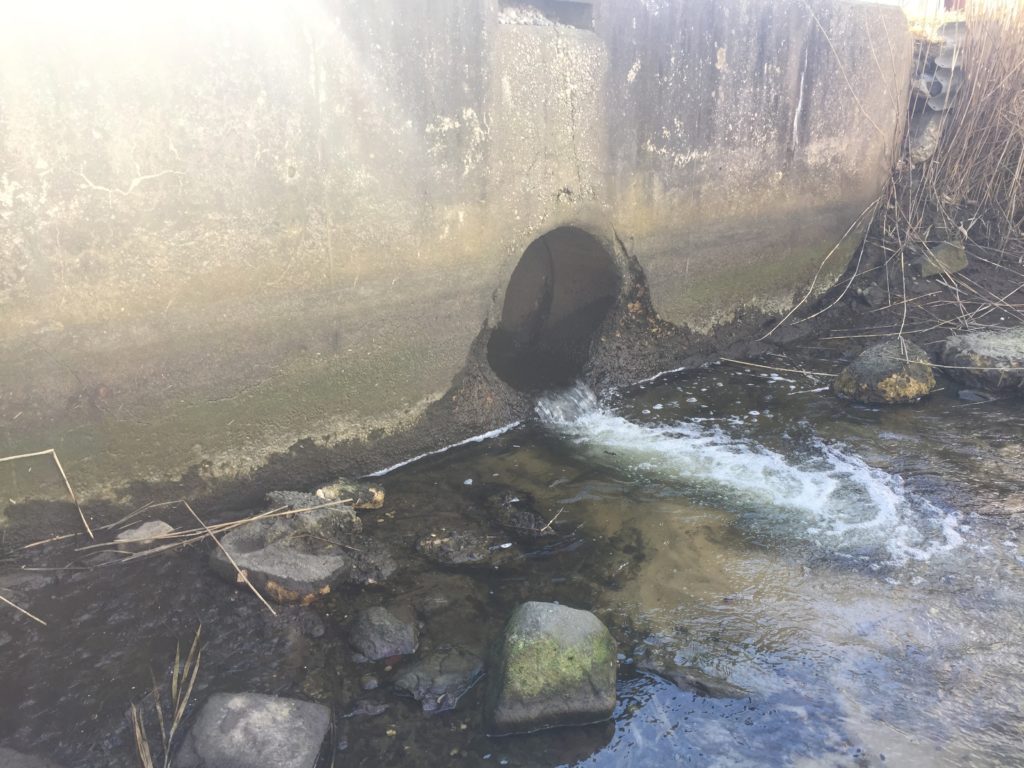
Alewife Creek
Alewife Creek, which flows north from Noyak’s Big Fresh Pond into Noyak Bay, is one of only a few streams on Long Island that was never dammed. Not surprisingly, it hosts the largest remaining run of Alewife on Long Island (estimated at more than 100,000 fish!). Despite this, there is still room for improvement: There are two road crossings where culverts restrict stream flow and impede fish migration. Over the past decade, Seatuck has joined the Peconic Estuary Program and others to advocate for culvert upgrades to allow the stream to flow naturally. Recently, this effort has paid off with the Town of Southampton announcing plans to “right size” the Noyak Road culvert.
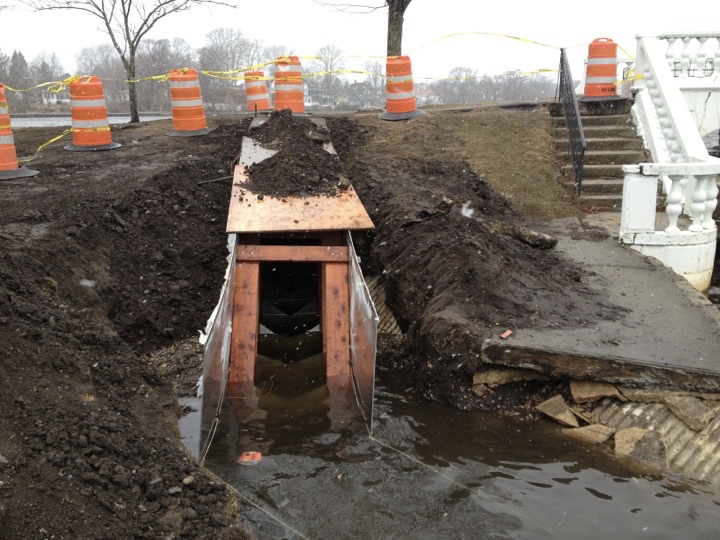
Carlls River
The Carlls River flows south from headwaters north of Geiger Memorial Park in Wyandanch, through Belmont Lake State Park and down to the Great South Bay in the Village of Babylon. Starting in 2009, Seatuck worked with the Village to install a Denil-style fish passage at the primary barrier at Argyle Lake. A video camera was also installed and in 2014 (the first year that the fish ladder was available) Seatuck documented the first time an Alewife swam past the dam in over 100 years.
New Fishway – Click here to watch video from the 2013 dedication of the fishway
First Fish – Click here to watch the first fish to swim past Argyle Lake dam
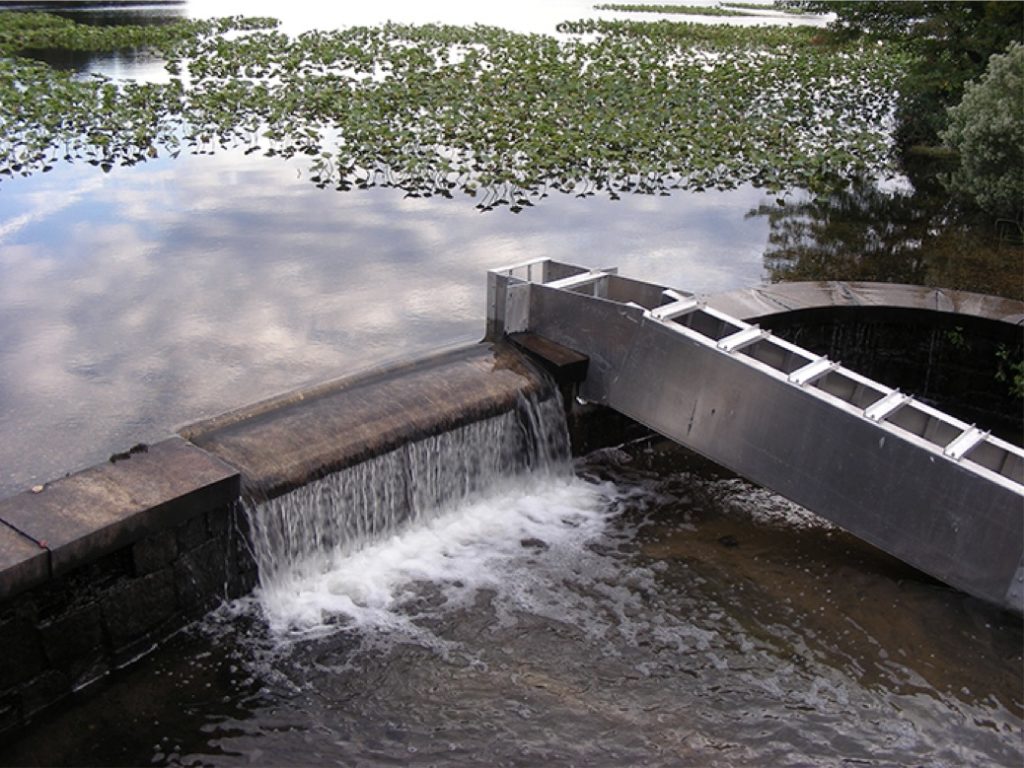
Massapequa Creek
Massapequa Creek, which flows from South Farmingdale to the Great South Bay, was home to one of the first fish ladders on Long Island. In 2009 Seatuck installed an electronic counter to assess use of the structure by migratory species. In 2015, a few years after stocking wild Alewife with NYSDEC, we documented the first juveniles in the creek – proof of successful spawning upstream of the fish ladder. In recent years Seatuck has been organizing “fish lifts” to move migrating Alewife and American Eels over the dam in the creek’s eastern spillway.
Juvenile Alewives – Click to watch footage of young-of-the-year alewife in Massapequa Creek
Fish Lift – Click to watch a video about the 2017 fish lift
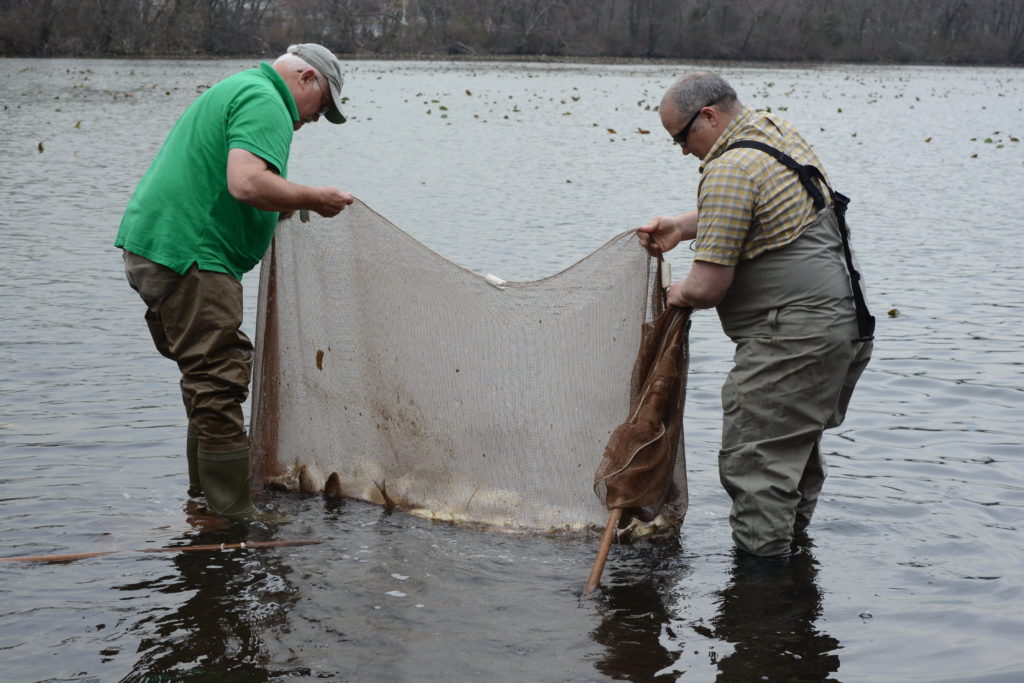
Mill River
The Mill River flows from Hempstead through Hempstead Lake State Park and down to the Western Bays at Bay Park. It is the subject of a major restoration through the NYS Governor’s Office of Storm Recovery’s “Living with the Bay” project. Since 2016, Seatuck has been conducting wildlife surveys throughout the river, which included document Alewife for the first time. We have also been advising on the project and played a major role in the inclusion of fish passage at the primary barrier at Smith Pond in Rockville Centre.
Mill River Alewives – Click to watch video of alewives stuck at the Smith Pond spillway
Fish Lift – Click for Newsday’s coverage of the 2017 fish lift project
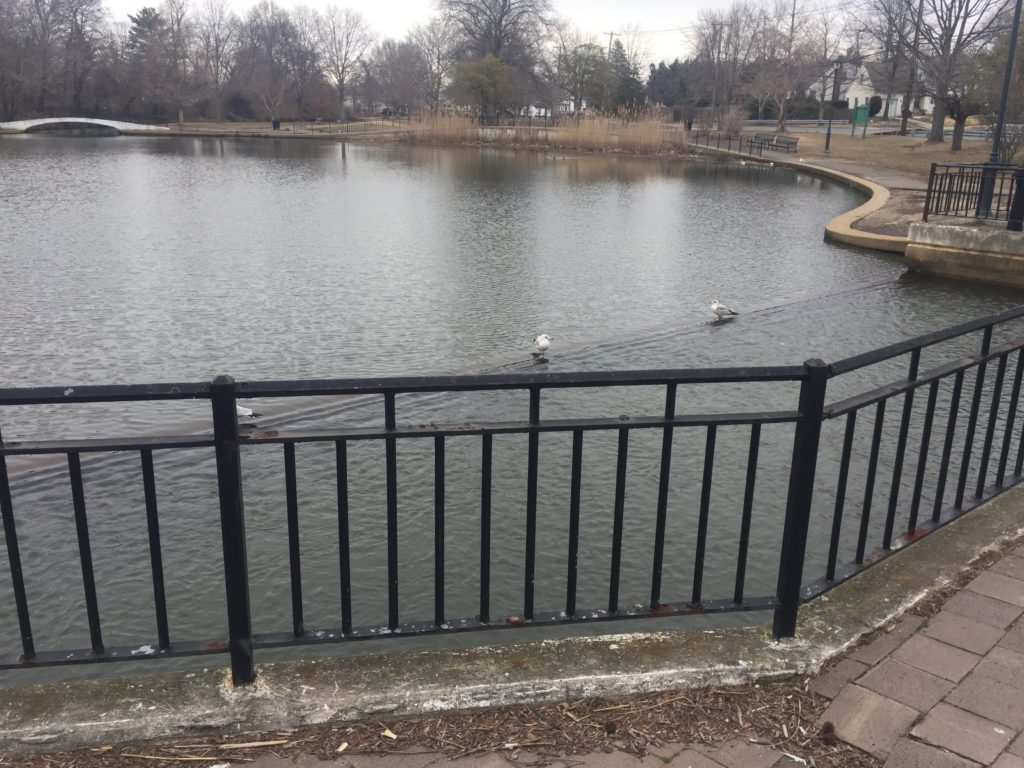
Parsonage Creek
Parsonage Creek, which runs through Baldwin and Oceanside, flows from just north of Sunrise Highway through mostly residential areas, including Lofts Pond and Silver Lake County Parks. It empties into the Western Bays alongside Baldwin Park. Seatuck documented river herring in the tidal section in 2016 and advocated for the inclusion of fish passage at Caroline’s Pond, a small inpoundment just upstream from Silver Lake. The fish passage project was completed in 2022 as part of the New York Rising Community Reconstruction Plan for Baldwin.
Night Run – Click to watch video of Parsonage Creek’s nocturnal alewife migration.
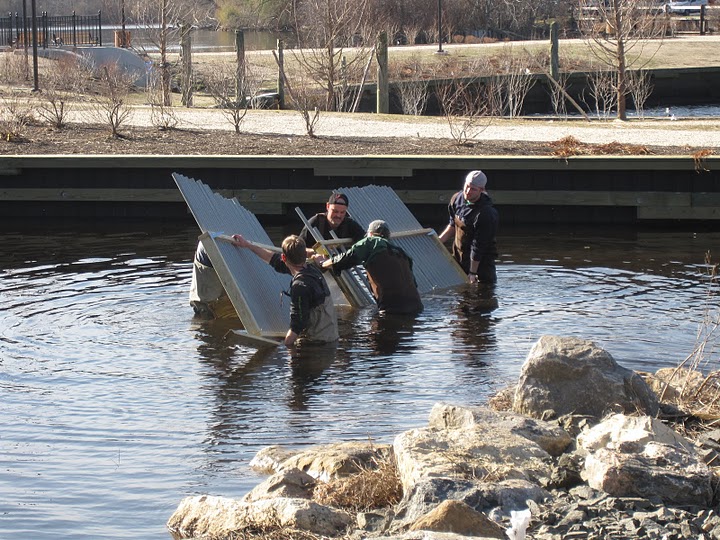
Peconic River
Long Island’s longest river, the Peconic River flows east form Upton to the Peconic Bay in Riverhead. It has been the subject of an intense river herring restoration effort that dates back to the 1990s. In 2010, a nature-like fishway, the first of its kind on Long Island, was installed at the river’s primary barrier in Riverhead’s Grangabel Park in Riverhead. In 2011, Seatuck installed a video-based fish counting system to monitor the restoration of the run. The monitoring continues to this day, now under the leadership of the Peconic Estuary Partnership, Suffolk County Community College (Dr. Kellie McCartin) and other partners. In 2023, a new fishway was opened at Woodhull Dam on the Little River, a tributary of the Peconic.
Peconic River Alewives – Click to watch video from 2011, the first year the fish counter was installed.
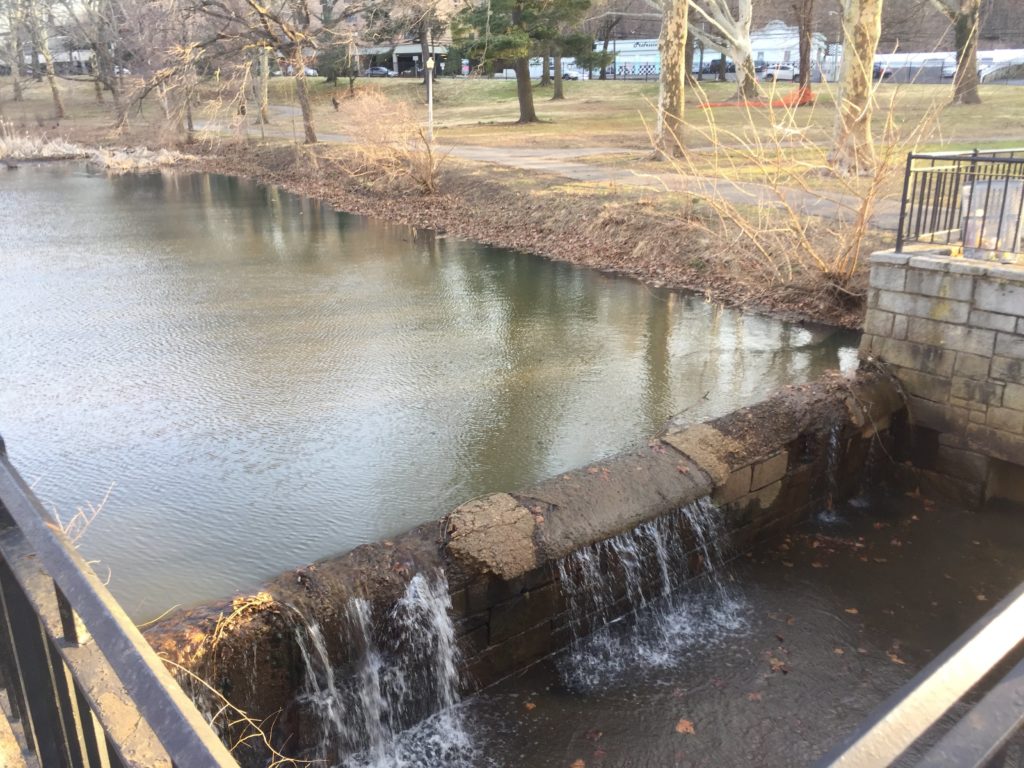
Whitney Creek
Manhasset’s Whitney Creek, which flows north from the slopes of the moraine into Manhasset Bay, is one of the larger streams on the North Shore. Parts of its upper reaches flow through a beautiful natural corridor, but its lower section is impounded several times and suffers from poor water quality. Seatuck has partnered with the Town of North Hempstead, Nassau County and the Greentree Foundation on strategies for restoring connectivity and improving the overall ecological health of Whitney Creek.
Related Information
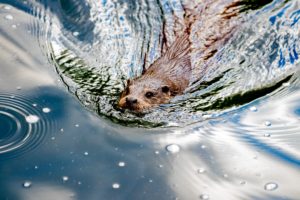
River Otters
The North American River Otter (Lontra canadensis) once inhabited rivers, lakes and estuaries throughout North America. But unregulated trapping, water pollution and habitat loss caused a dramatic decline in otter populations in many areas and local extirpations in others.
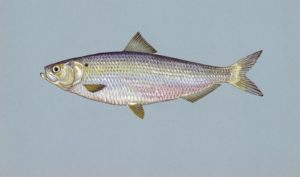
Diadromous Fish
Diadromous Fish Diadromous Fish 99% of the 30,000+ fish species on Earth live exclusively in either salt or fresh water. The rest are known as “diadromous fish,” a category of unique fish that spend part of their life cycle in

Volunteer River Herring & Eel Survey
The annual Long Island Volunteer River Herring & Eel Survey is one of Long Island’s longest running community science projects.
